Gypsum Is Used for Improvement of Which Soil
One is immediate one nearly immediate the third occurs with a flush of root growth and soil biological activity and the last is a change in structure. Free Shipping on Qualified Orders.
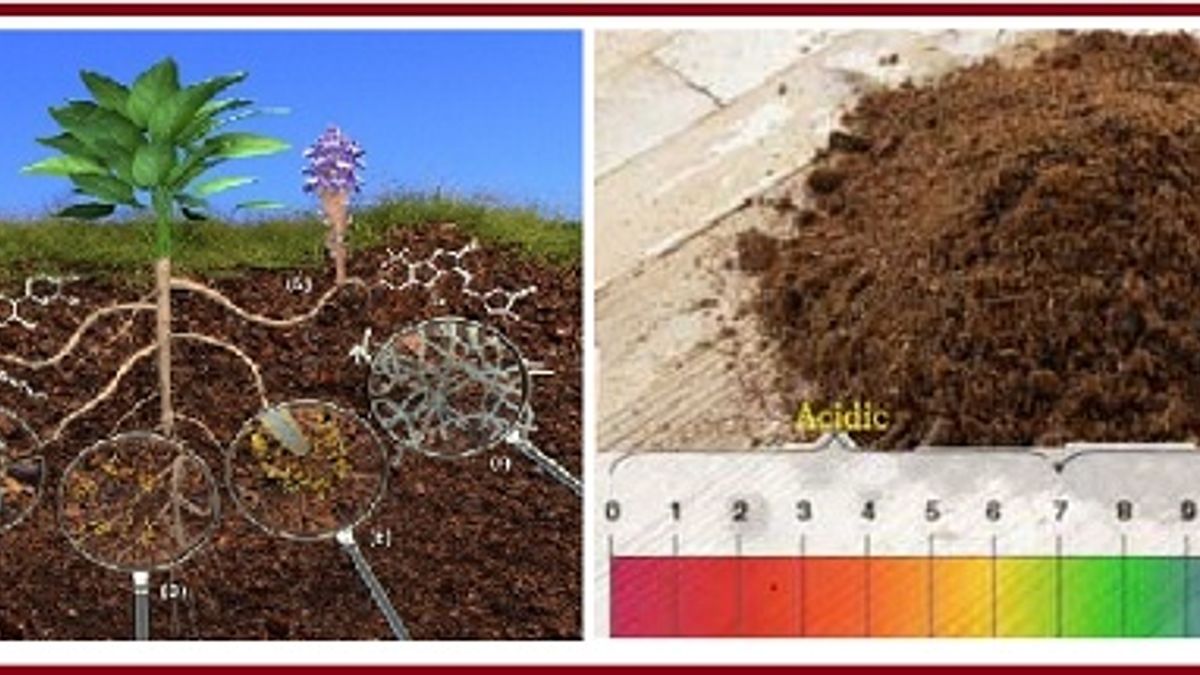
What Is Alkaline Soil And How Gypsum Helps In The Treatment Of Alkaline Soil
There are many stabilizers like jute gypsum rice-husk ash cement lime HHF shredded rubber tyres etc.
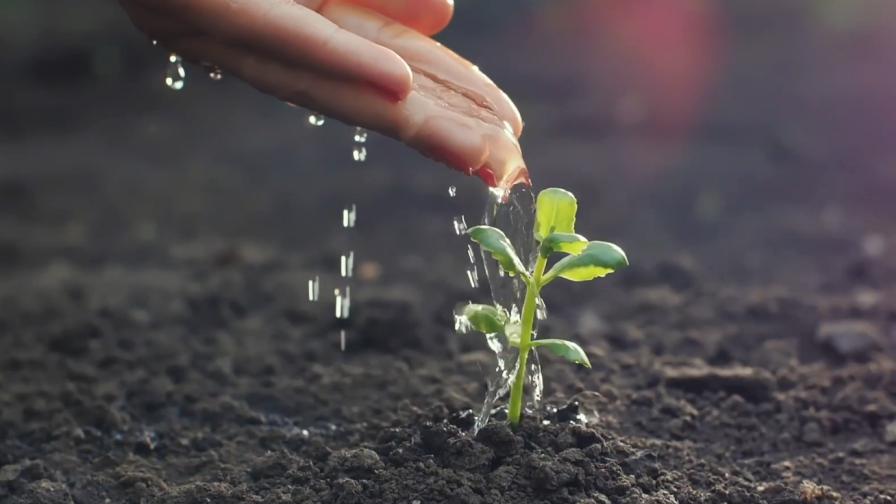
. Gypsum is often used when laying new turf to improve the underlying soil structure and enhance new root growth. Gypsum is calcium sulphate. Water often puddles on the surface of these soils.
The easiest and cheapest way to add sulfur to soil is to use agricultural sulfur. Irrigated land eventually leads to sodicity and salinity unless extreme care is taken. Some data would suggest that the solubility of.
Therefore one can see improvement in clay soil structure and fertility and desalinization of sodium-rich soils by using gypsum. How fast does gypsum work. But how long does it take gypsum to work.
The extraction and use of water molecules from gypsum by plants is accelerated in hot temperatures. Gypsum works to improve drainage in soils dominated with dispersive clays in four ways. The recycled gypsum powder is effectively used as a raw material for cement raw material for neutral ground improvement materials and ground improvement materials for agriculture.
Sodic soils are high in sodium low in calcium and have problems with water and root penetration due to the effects sodium has on. Buy Gypsum Granular Coarse Grade 2-4mm 25kg Granular Gypsum Coarse Grade 2-4mm 25kg is a top of the range Soil Amendment suitable for Zoysia Kikuyu Couch and Buffalo grasses. In this study we added jute and gypsum as stabilizing material to increase the engineering properties of clayey soil.
Trials have shown there is no benefit in treating peaty and coarse sandy soils with gypsum to improve soil structure. Potential Uses of Gypsum Use of Gypsum to improve soil structure Gypsum will restore or improve soil structure only on areas that have been flooded with sea water. Gypsum can be used as a sulfur source however it tends to be less soluble than other sources such as ammonium sulfate.
What other effects will gypsum have on soil and plant health. Gypsum Helps Reclaim Sodic Soils. Find read and cite all the research you.
Gypsum contains calcium which helps to improve soil structure. It is used to increase soil pH and provide calcium ions in the soil. Soils with a high proportion of exchangeable sodium Na lose structure.
Where the exchangeable sodium percentage ESP of sodic soils is too high it must be decreased for soil improvement and better crop growth. Gypsum is used in the reclamation of sodic soils Aldrich and Schoonover 1951. Removing sodium from the soil and replacing it with calcium.
There are a number of scientific studies on gypsum usage both in the literature and on websites. Gypsum does add sulfur to soil and plants can use the sulfate ions. Primarily gypsum is used for helping to break up heavily compacted clay soils making them more porous and able to absorb moisture.
It improves sodic saline soils by removing sodium from the soil and replacing it with calcium. Gypsum has been used for centuries to reclaim sodium affected soils alkali soils. However when used as a ground improvement material it is pointed out that the fluorine contained in recycled gypsum powder may dissolve into the improved ground.
Gypsum fly ash cement and lime have been used to modify the properties of a locally available soil to im- prove its engineeri ng performance Degirmenci Okucu Turabi 2007. In fact its solubility is enhanced in sodic soils. Soil microbes may in turn increase the availability of inorganic compounds to plants.
It is also used to provide calcium ions in the soil but does not have the effect of increasing soil pH. Gypsum is calcium sulfate which is essential to the sustainability of most irrigated soils. Gypsum can reclaim high-sodium or sodic soils.
Are used to strengthen the properties of soil. To revitalize sodic soils incorporate gypsum into the soil and then apply six or more inches of water. This is particularly helpful in areas prone to drought.
Once soil is tightly packed water and air penetration is reduced and root growth suffers. The addition of gypsum can promote better drainage and air circulation which can aid root development and nutrient absorption. Microporosity of gypsum also offers protection to the soil microbes and promotes relatively abundant and diverse microbial life in dry conditions.
Ice-melting chemicals such as salt damage lawns because they displace other elements necessary to a lawns health. Gypsum can improve water and root infiltration in sodic soils. Ad Compare Prices Read Reviews.
The most economical way is to add gypsum which supplies calcium. Long-term solutions to soil remediation is EcoGEMs goal. It is a bit slower acting since it needs to be converted to sulfate ions by microbes before plants can use it.
It is effective since it has good solubility regardless of soil pH. It aids in the flocculation process which groups soil particles into clusters and improves air and water movement through the soil for healthy root growth. Sodic soils are very uncommon in Michigan.
PDF Organic soil exhibits poor engineering characteristics including high compressibility high moisture content and low strength.

Will Gypsum Improve Clay Soil Garden Myths
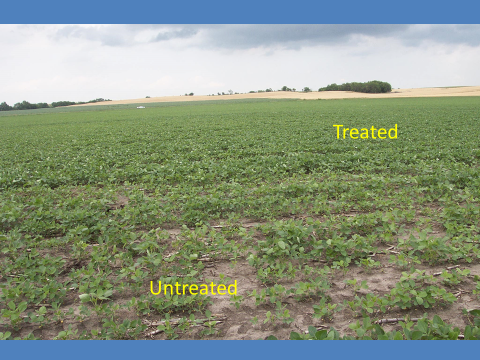
Why Gypsum Works In Your Soil Part 3 Gypsum Improves Alkali Soils Soil Solutions Llc

Gypsum Improves Soil Structure Lowes Com Soil Improvement Soil Soil Aeration

Gypsum Vs Lime Soil Amendments So4 98g Calcium Soil Test Ph

The Role Of Gypsum In Agriculture 5 Key Benefits You Should Know Croplife
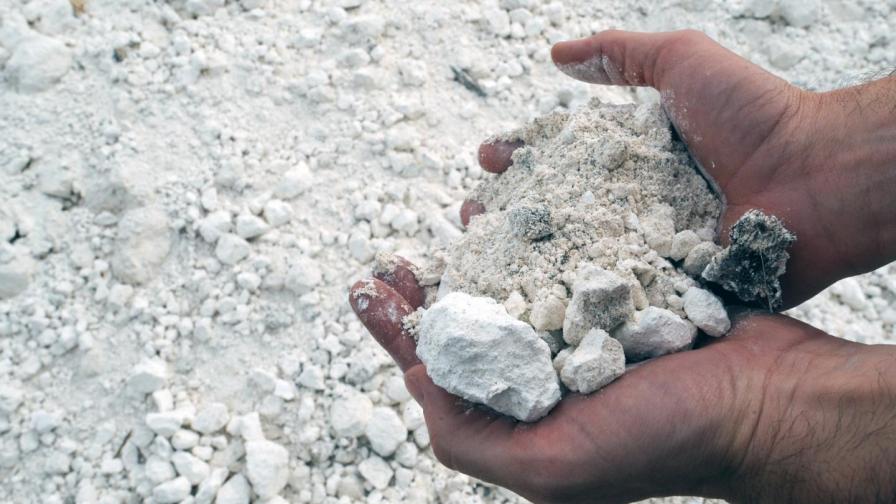
The Role Of Gypsum In Agriculture 5 Key Benefits You Should Know Croplife

6 Correction Of Sodic Soil With The Application Of Gypsum And Or Lime Download Scientific Diagram
Aglime Plus Calcium Sulfate Soil Amendment Agricultural And Synthetic Gypsum Gypsoil

Garden Gypsum Information Is Gypsum Good For The Soil
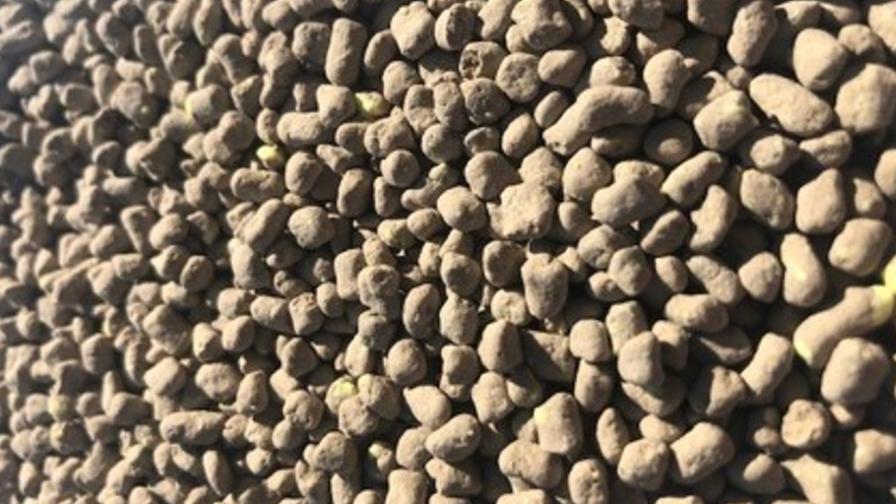
The Role Of Gypsum In Agriculture 5 Key Benefits You Should Know Croplife

A Soil Crust Community On Gypsum Soil Dominated By The Lichen Download Scientific Diagram

Gypsum Is A Natural Rock That Is Ground Up And Used To Make A Material Usually Found In Houses Called Drywall Gypsum Is A Soil Soil Organisms Soil Improvement
/GettyImages-1218164805-150d24b42ce641f59ad24acdacf1f2b0.jpg)
How To Use Gypsum In Gardening
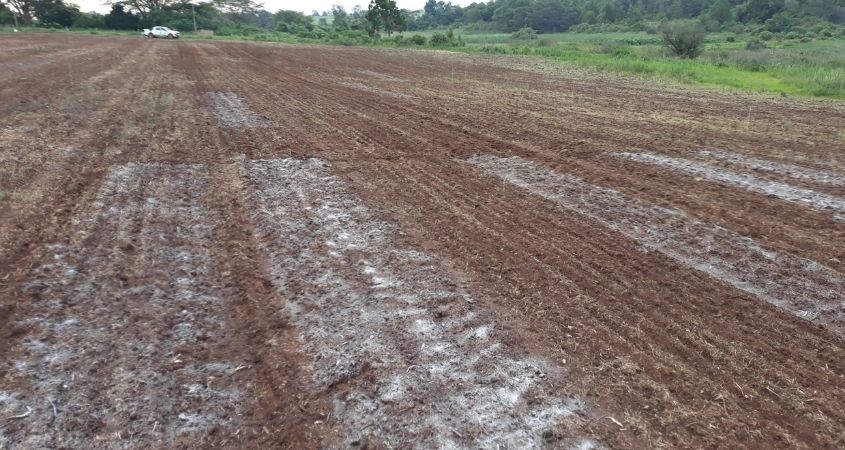
Gypsum Vs Lime Thoughts On Agricultural Gypsum Cropnuts
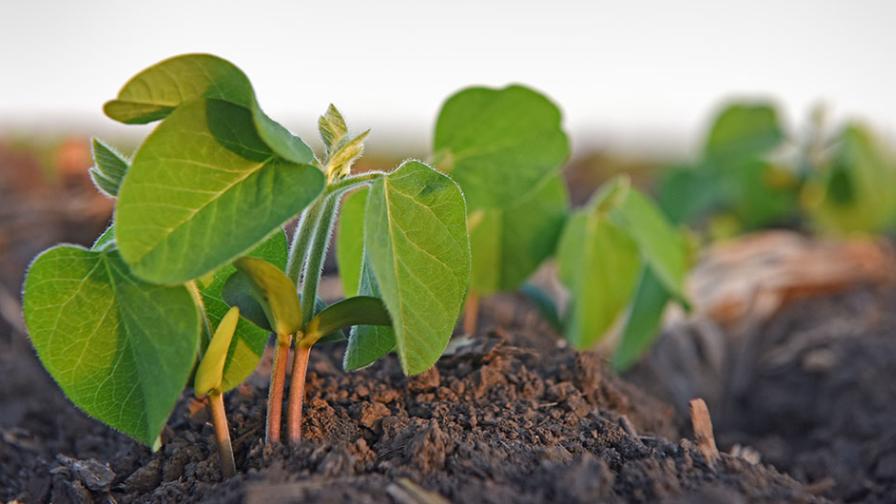
The Role Of Gypsum In Agriculture 5 Key Benefits You Should Know Croplife

Gypsum As A Soil Amendment To Remediate Subsoil Acidity Gypsum Is 200 Download Scientific Diagram
10 Beneficial Ways To Use Recycled Gypsum Usa Gypsum
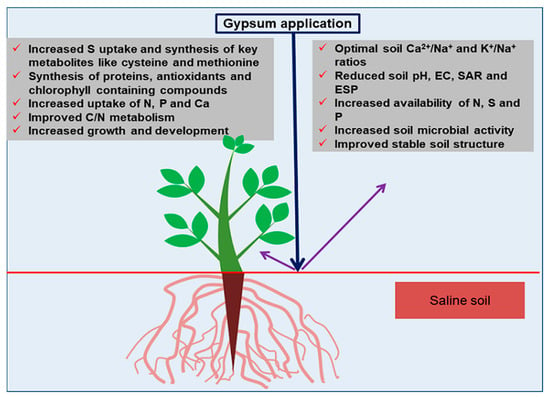
Agronomy Free Full Text Mitigating Soil Salinity Stress With Gypsum And Bio Organic Amendments A Review Html
Comments
Post a Comment